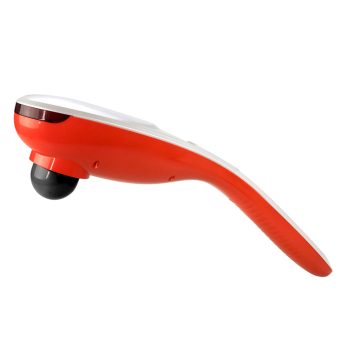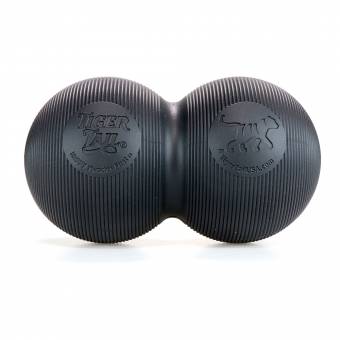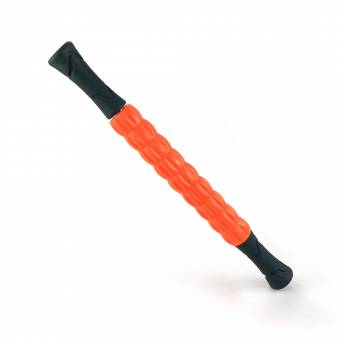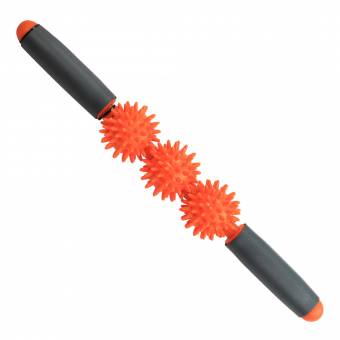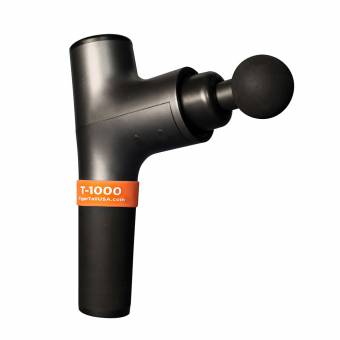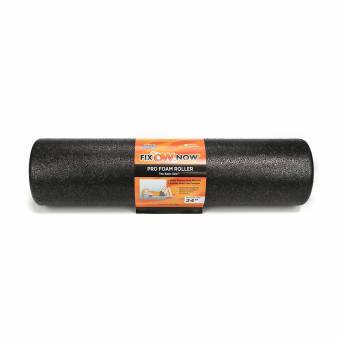Tools That Can Help Ease Calf Pain
Muscle Knots in Calf
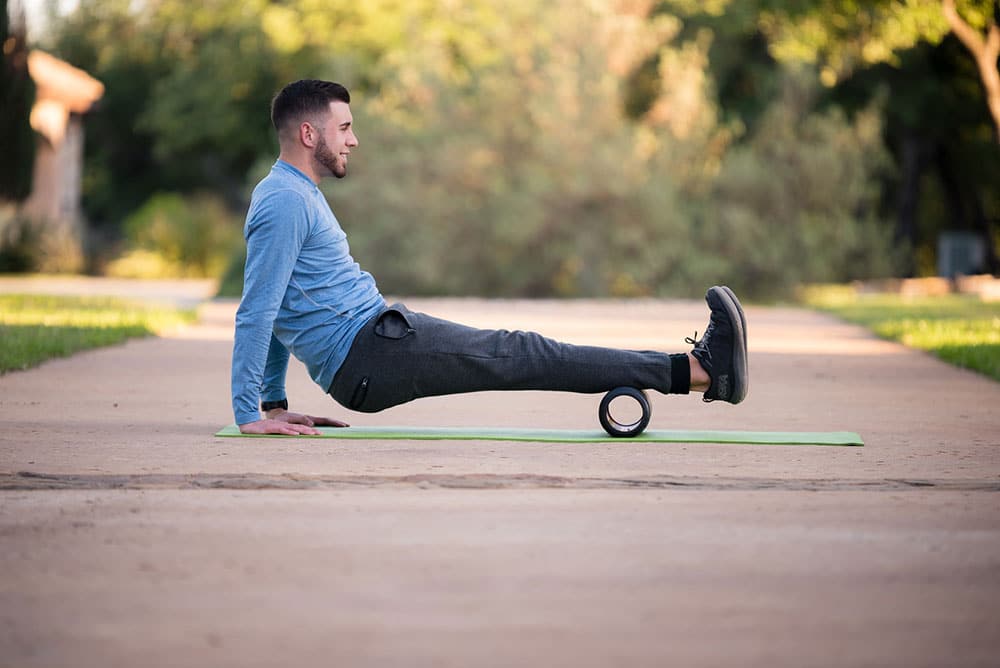
Muscle knots can cause pain in the calf. There are two muscles that make up the calf complex or calf muscles, the Gastrocnemius and the Soleus. These muscles form the Achilles tendon that attaches to the heel bone and are located on the back of the lower leg allowing you to go up on your tip toes. Wearing high heels or participating in activities where you are up and down on the ball of your foot can lead to the formation of muscle knots. Muscle knots in the calf muscle can cause heel pain or pain in the bottom of the foot. Those who suffer from plantar fasciitis often find relief by working on the muscle knots in the calf muscles.
Calf muscle knots, which consist of tight and contracted muscles, are indicated below by a black dot. The red area in the illustrations indicates “referred pain” – meaning, the pain you feel is often not in the location of your trigger point until you press on it. As an example, you may feel pain in the bottom of the foot, but the trigger point may actually be in the calf muscle. For a comprehensive look at more than 260 different pain map illustrations throughout the body, you may want to purchase the Tiger Tail Self-Help Guide to HAPPY MUSCLES.
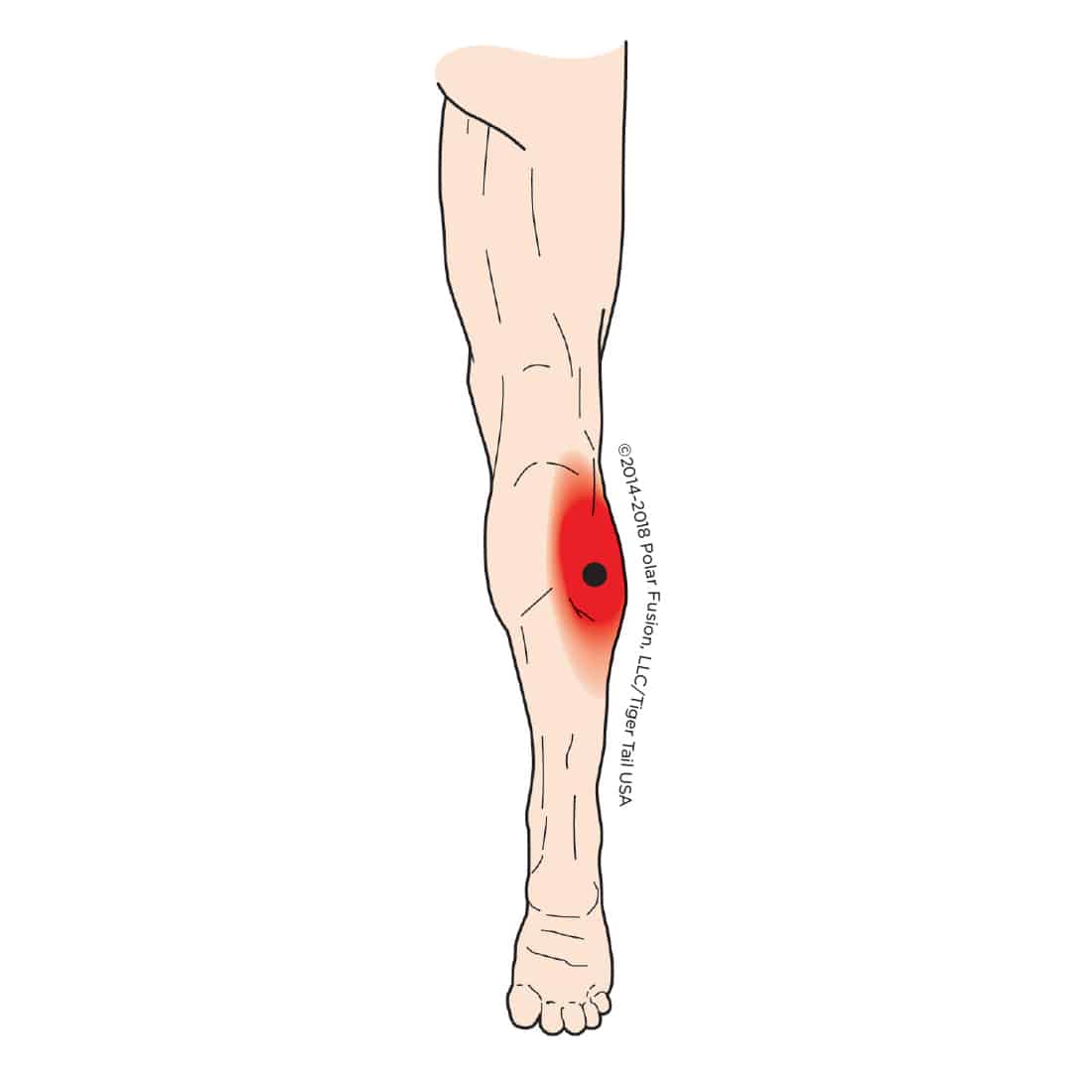
Knots can form in the Gastrocnemius muscle causing calf pain
Common Conditions Relating to Calf Pain:
- Calf cramps
- Night-time calf cramps
- Achilles tendonitis
- Plantar fasciitis
- Shin splints
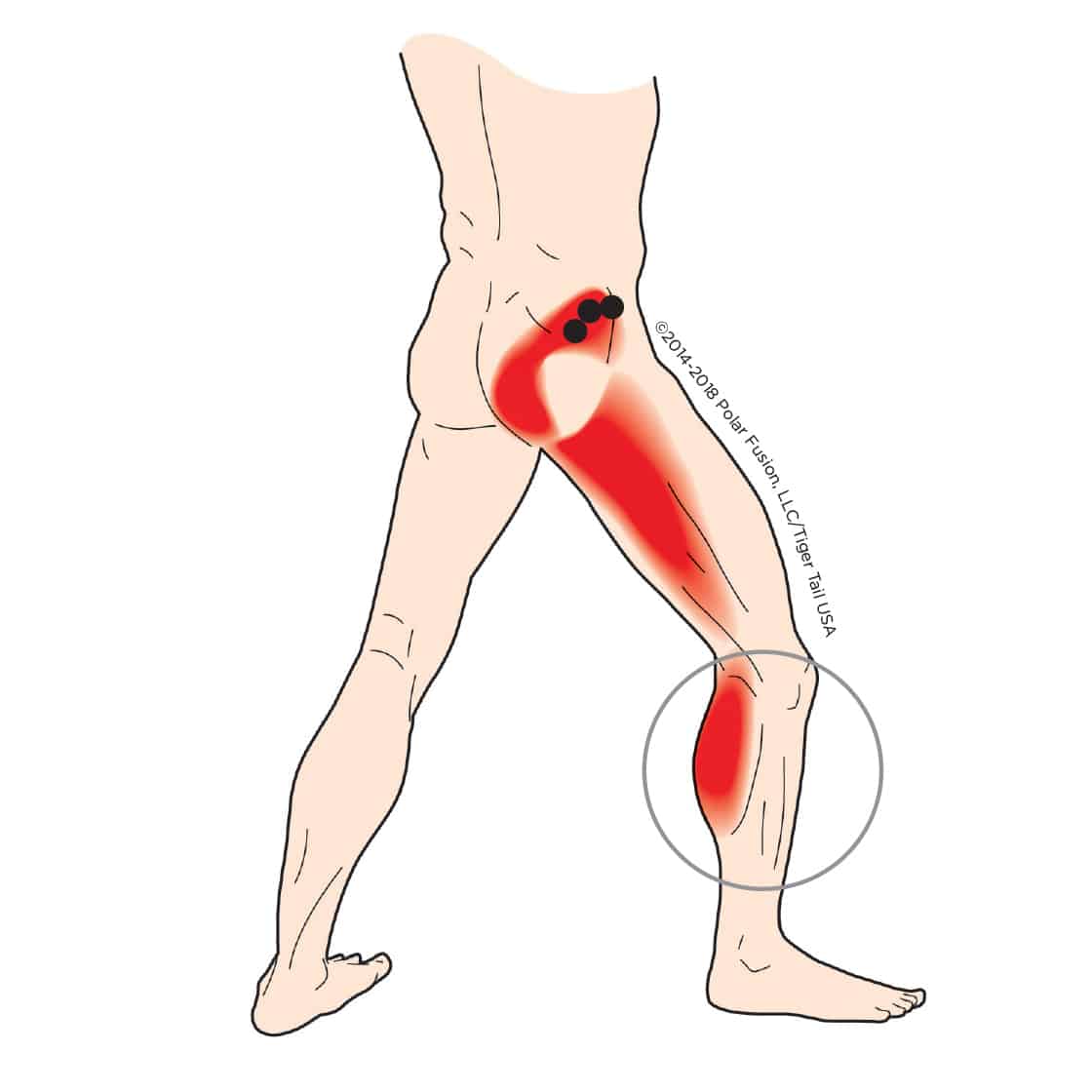
Knots in the Gluteus Minimus, one of three muscles that make up the buttocks, often trigger points for calf pain.
Tips for Happier Muscles:
- Locate the muscle knot by applying pressure to the area causing pain. A muscle knot can be actively painful, or you might not even know it exists until you put pressure on it.
- Rub the muscle knot to allow blood and oxygen to circulate freely to that muscle area.
- Find the right pressure. When you press on a muscle knot with just the “right amount of pressure”, it can make you laugh and cry at the same time because it can “hurt so good”. Pressing too hard, however, it can make you cry for mercy!
- If you gently rub the muscle knot you may feel tenderness in both the muscle and the muscle knot. Sometimes, the referred pain symptoms are able to be reproduced when pressure is applied to the muscle knot.

